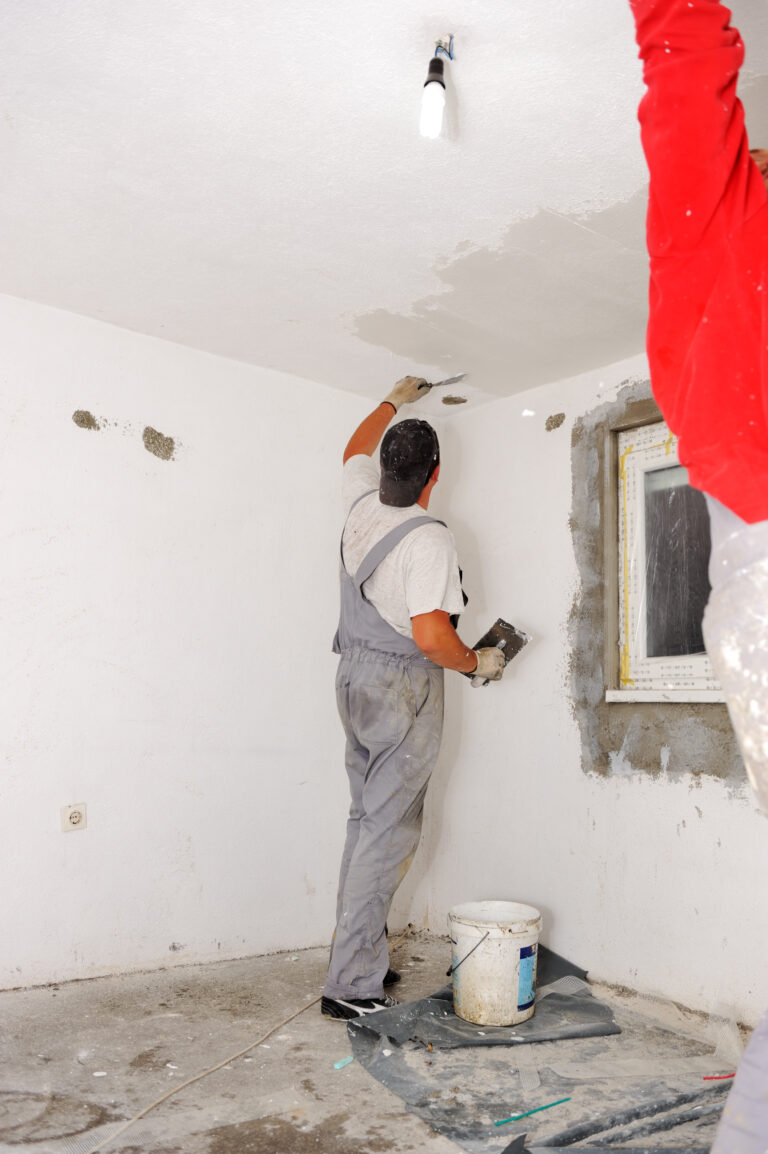Is Mold Making You Sick? Common Misconceptions about Mold Exposure and Its Impact on Your Health
Mold is a common problem in many homes, schools, and workplaces. It can grow almost anywhere there is moisture or dampness, including walls, ceilings, carpeting, and furniture. While some people may not be bothered by mold exposure, others experience adverse health effects that range from mild to severe. In this blog post, we will explore the common misconceptions about mold exposure and its impact on your health.
Introduction to Mold and Its Health Effects
Molds are fungi that thrive in warm, humid environments. They produce spores that can travel through the air and settle on surfaces where they can grow and reproduce. When mold grows indoors, it can cause problems for people with allergies or respiratory conditions such as asthma. Some types of mold also release chemicals called mycotoxins that can pose serious health risks.
Common Misconceptions about Mold Exposure
One common myth about mold is that it only affects certain groups of people, such as those with weakened immune systems or allergies. The truth is that anyone can be affected by mold exposure, regardless of their age or overall health status. Another misconception is that mold can only grow in visible areas like bathrooms or kitchens. In reality, mold can hide behind walls, under flooring, and in other hard-to-reach places, making it difficult to detect without professional inspection.

Signs and Symptoms of Mold Exposure
The signs and symptoms of mold exposure can vary depending on the individual and the type of mold involved. Common symptoms include respiratory problems such as wheezing, coughing, and shortness of breath. Other possible symptoms include headaches, fatigue, skin rashes, and irritation of the eyes, nose, and throat. People who are particularly sensitive to mold may experience more severe reactions, such as fever, difficulty breathing, and bleeding in the lungs.
The Dangers of Long-Term Mold Exposure
Long-term mold exposure can have serious consequences for your health. Studies have linked chronic mold exposure to an increased risk of developing respiratory diseases such as bronchitis and pneumonia. It has also been associated with neurological disorders, cardiovascular disease, and even cancer. Children, the elderly, and individuals with compromised immune systems are at particular risk for long-term health effects from mold exposure.
Preventing Mold Growth in Your Home
The best way to prevent mold growth in your home is to control excess moisture. This includes fixing leaks, using exhaust fans in bathrooms and kitchens, and ensuring proper ventilation throughout the house. Regular cleaning and maintenance can also help prevent mold buildup, especially in high-risk areas like basements and attics. If you suspect that you have a mold problem in your home, it’s important to seek professional assistance for testing and remediation.

In conclusion, mold exposure can have significant health implications, both in the short term and over time. By understanding the facts about mold and taking steps to prevent its growth in your home, you can protect yourself and your family from potential harm.






